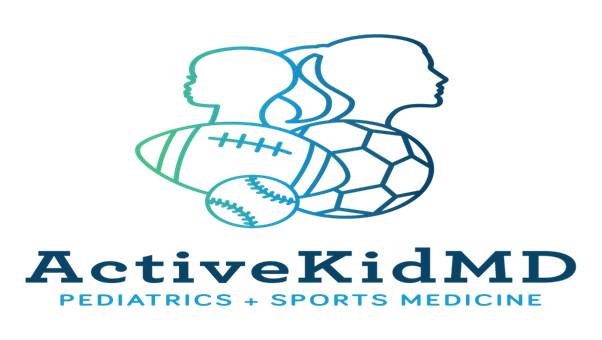Boarding, Biking and Skiing- Tips to Reduce Injury Risk
Skateboarding, BMX biking, snowboarding, skiing, and mountain biking are all sports practiced by dedicated athletes who put time and attention into bettering their tricks, handling, and overall skill. These athletes deserve credit for their abilities- and also should follow some basic recommendations to prevent injury and spending unwanted time away from the skate park or trails.
Do helmets actually prevent injury? How can I tell that a helmet is properly fitted?
Personal experience backed by multiple studies proves that helmets do prevent injury. For example, helmeted cyclists are 88% less likely to suffer a brain injury during a crash.
Every time some one gets on a vehicle with wheels (skateboard, scooter, rollerblades, and bicycle) or a snowboard, there should be a helmet on the head. A helmet hanging off the handlebars or kept in the garage is doing absolutely no good.
Helmets may not look cool, but a shaved head and scars from an accident look less cool.
Now, to be fully accurate, there are some limitations to helmets.
No helmet is 100% protective- they are designed more to reduce skull fractures than concussions.
Wearing a helmet does not give license to be more daring- make sure you read this a few times for emphasis.
A improperly fit helmet can reduce vision (which may increase, not decrease injury risk).
So, wear those helmets, understand limitations, and make sure they fit!
PROPER HELMET FITTING TIPS
- The helmet should sit level, covering the forehead in front with the strap adjusters fitting right under the ears and straps lying flat against the head; not hanging loose, curling out, or being twisted.
- Test for proper tightness by being able to put only one finger between the straps and chin and if helmet can be rocked from side to side, tighten straps.
- The helmet should rock slightly forward and backward, but tighten straps if it can be moved up off the forehead or down near the eyebrows.
- Add-on stickers and paint can personalize the helmet, but often void helmet warranties. Buy only helmets with CPSC, ASTM, or Snell stickers certifying safety standards.
- Multi-sport helmets should carry stickers certifying each sport- look for this sticker on the helmet, do not trust sales information or pictures on the box.
What is the scoop on wrist guards, elbow pads, knee pads and other protective pads and guards?
Many younger athletes do not like to wear pads, "they get in the way, get too hot, and they are not very attractive."
They do work, and work quite well in preventing broken bones, sprains, and road rash from falls or missed stunts. Experience has shown that wrist guards can greatly reduce the risk of forearm fractures due to falls from skateboards or snowboards.
Most people would prefer wearing protective pads and guards to wearing a plaster cast for 4-8 weeks.
A final statement: always know where you are going and be honest with your limits
- A common recipe for disaster is to barrel down an unknown trail unaware of obstacles or drop-offs that lie ahead. Taking the time to preview the course or to ride the pipe a few times at slow speed before trying tricks at full throttle can increase confidence and lower the risk of an unanticipated fall.
- Be aware of obstacles (rocks, trees, stairs, cars, and people) who might get in your away- always look forward 20-30 yards to anticipate any potential danger and to give time to make adjustments before an accidental impact.
- Be aware of your own skills- your strengths and weaknesses- and take into account your limits before deciding to do a particular course or maneuver. Do not be pressured by friends or your ego, if you do not feel comfortable riding the black diamond snowboarding run, do not do it. Have fun and build your skills at a run better suited for your abilities.
- Fatigue is also a major factor in injuries- many people decide to go out for one more run at the end of a long day, and that run ends up truly becoming the last one. Most authorities recommend stopping at the first signs of fatigue before judgment, endurance, and muscle strength become too low to prevent falls and serious injuries.

